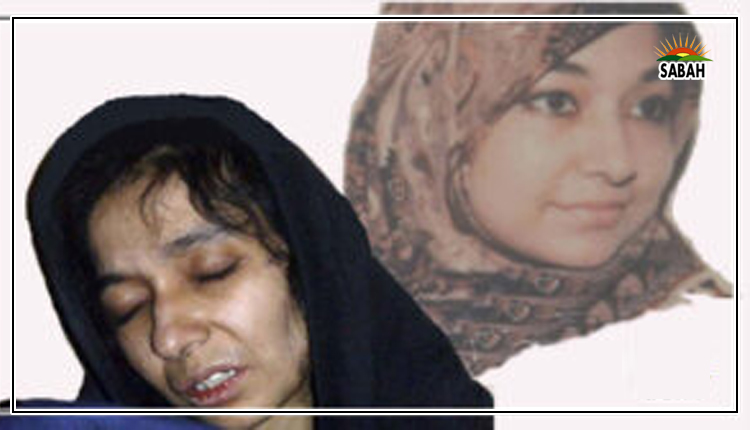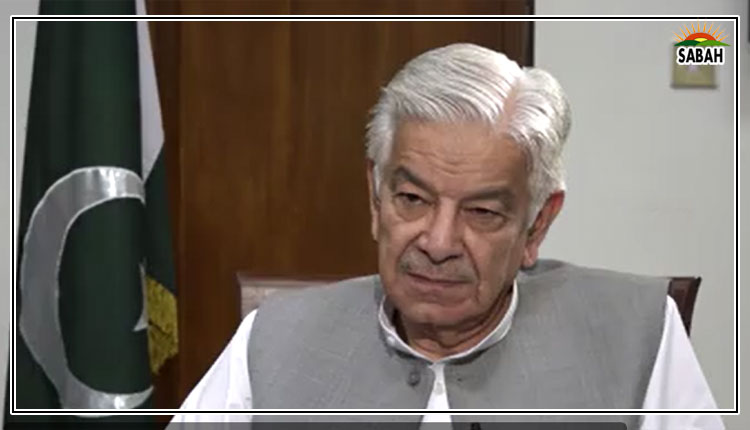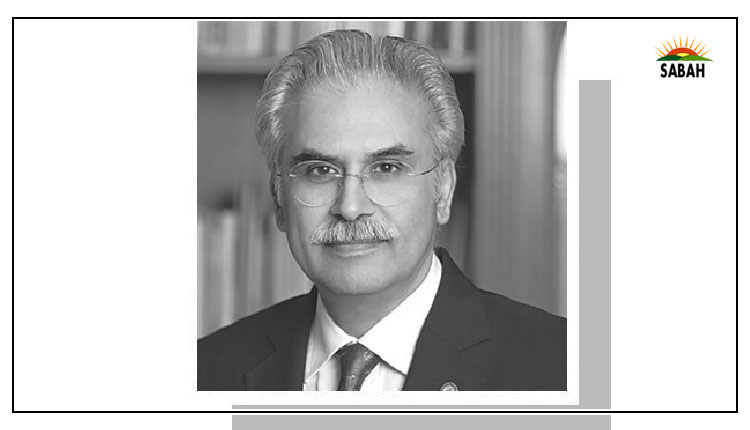Health workforce jeopardy…Zafar Mirza
REIMAGINING healthcare in Pakistan for establishing universal health coverage through strengthened primary healthcare is impossible without a properly educated, trained workforce in optimal numbers and appropriate mix, with equitable distribution. We are on a low ebb on all these counts. Abysmal health indicators and dubious distinctions are partly a result of the health workforce crises.
The health workforce is typically imagined as doctors, nurses, etc. In reality, health workers are a much broader and diverse category, with hazy edges. There are at least three sub-groups that are not often considered in discussions around the health workforce: health policymakers; public health professionals that include health managers, epidemiologists, statisticians, health economists, health communication specialists, etc; and health practitioners of systems other than those based on modern medicine, for example, hakeems, homeopaths and chiropractors. Each one of these requires a separate column but I will still say a few words about health policymakers.
Those who assume office as health ministers may or may not have a background in health but their word is final on health affairs. Practically speaking, a health minister is the health policymaker-in-chief. Today, most countries appoint health ministers with education and experience in medicine or public health. But there are also many examples of lay health ministers. Interestingly, in Pakistan, there is hardly any example of a law minister without a legal background, but we have had many health ministers with no education or experience in the subject.
The same is true for officials working in health ministries. Scores of federal and provincial health secretaries, additional secretaries, joint secretaries, directors and section officers who are responsible for different levels of decision-making including on budget, planning and promotions have no background in issues they must take a decision on and implement those decisions. Most have administrative and management experience and some of them are truly brilliant, but that does not automatically make them good health policymakers.
Non-doctor officials in our health ministries wield tremendous power over technical staff. When I took charge of the Federal Ministry of National Health Service, Regulation and Coordination, I had a total head count of around 345 (ministry staff only). Of this large staff, only 11 officials had any background in health. The prime minister was aghast when I told him about these figures and he repeated this often at high-level meetings, favouring the case for restructuring the federal government. I wanted to bring some balance between technical and non-technical officials. We came up with a new organigram for the ministry but could not implement it, despite cabinet approval, as the hold of the non-technical staff was too strong.
Health workers in the public sector do not have a proper service structure and almost no career planning and promotions, even after years of dedicated, specialised service. The promotion of doctors from one grade to another does not take place smoothly. A doctor can join the government service in Grade 17 but would be lucky not to retire in the same grade. The same is true for other categories of health workers. Unlike occupational groups in the civil bureaucracy for example, the Pakistan Administrative Service, Foreign Service, Police, Customs, Office Management Group, Information Group, Audit & Account, Military Accounts Group, Railways Group and Postal Group health service has never been considered an occupational group. All special occupational groups have inbuilt mechanisms for regular promotions based on the length of service and performance not so for health professionals.
To begin with, when we consider service-providing health professionals, we do not have enough of them. In the context of the SDG agenda, in 2016, the WHO issued a Global Strategy on Human Resources for Health: Workforce 2030. The strategy set an indicative threshold, ie, the minimum requirement of an aggregate density of 4.45 physicians, nurses and midwives (PNM) per 1,000 population. This is not an exact science as it does not factor in many important categories of health professionals, for example, community health workers, dentists, pharmacists, physiotherapists and medical technologists, but it still provides a good basis for national introspection and helps in comparisons with other countries. This indicative threshold is often expressed for 10,000 population. Against 44.5 PNM/10,000 the global indicative threshold to achieve SDG targets on health Pakistan had 15.7 PNM/10,000 population in 2021. The same values for Sri Lanka was 37/10,000 in 2019, Iran 36.7/10,000 in 2021, and the UK 112.5/10,000 in 2015. The numbers speak for themselves. Pakistan has one of the lowest densities of health workers in the region and globally and suffers from a severe shortage of health workforces, is how the Pakistans first Human Resources for Health vision (2018-2030) puts it.
Healthcare is a team effort. Scrupulous national planning is required to keep a balance between different categories of health professionals, without which appropriate healthcare cannot be managed. In this regard, if we just look at the number of doctors and nurses, the situation is flabbergasting. The UK, despite its well-known NHS system, is considered among the OECD countries as having relatively low levels of health workers. Yet in 2018, it had around three doctors and eight nurses per 1,000 population. Its the reverse in Pakistan, where in 2017, we had double the number of registered doctors than nurses, midwives and Lady Health Visitors put together. If we separate nurses with BA degrees and above, the doctor-nurse ratio would be mindboggling. Currently, the bulk of nurses are diploma holders. A plethora of private nursing schools exist where the education is seriously questionable. In 2019, however, Pakistan abolished the diploma qualification, which means all nurses in future will have BA degrees.
More on quality, relevance to national healthcare needs, distribution of the health workforce between the urban and rural areas, retention and migration issues and bridal doctors later. Suffice to say that human resources in health need meticulous planning and our medical and public health education and training needs drastic reforms in the curriculum and approach to make it relevant to our healthcare needs and changing trends in healthcare by employing e- and m-health and artificial intelligence.
Courtesy Dawn












